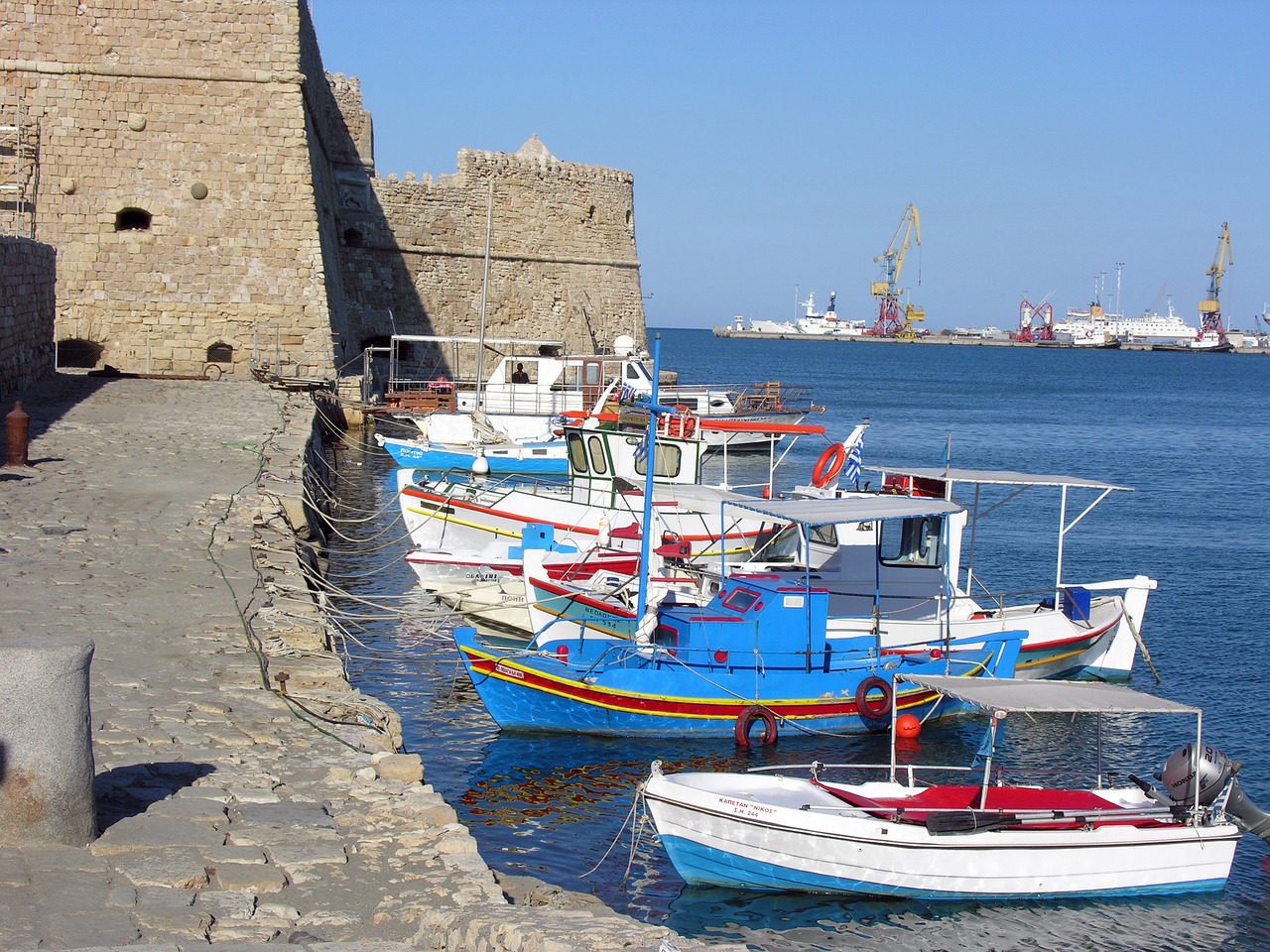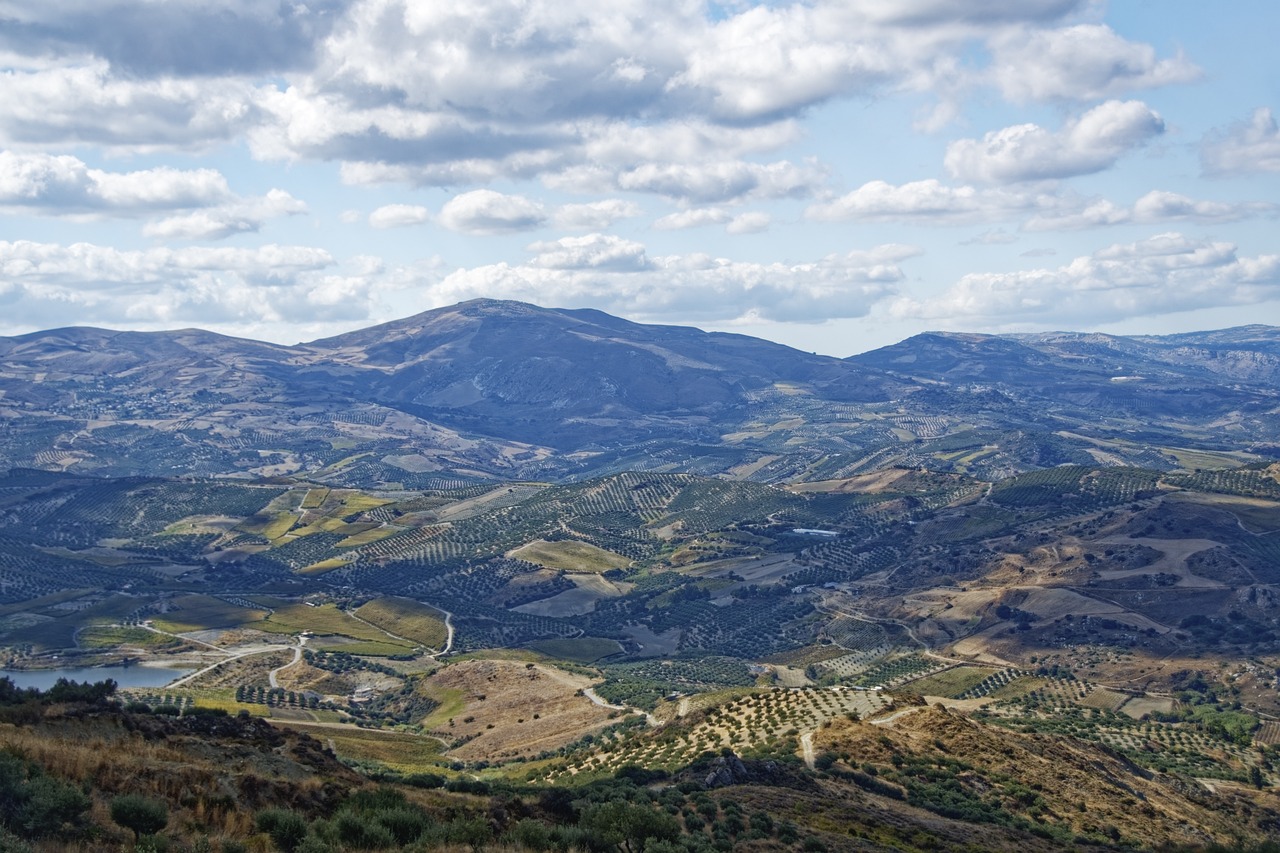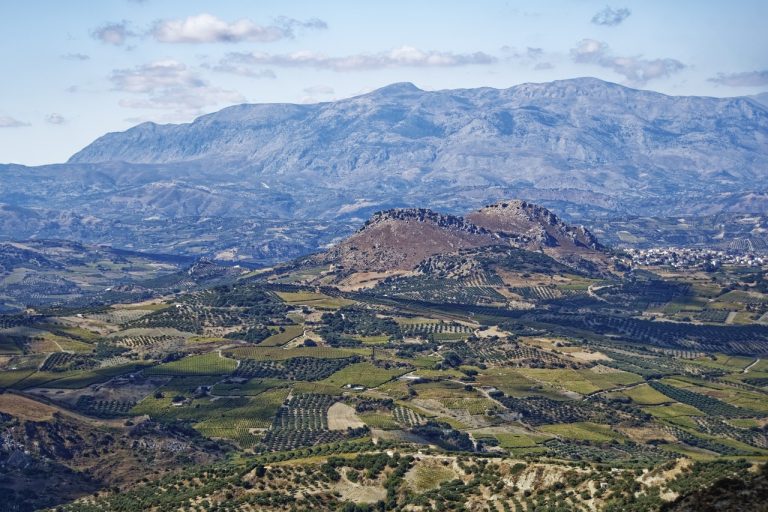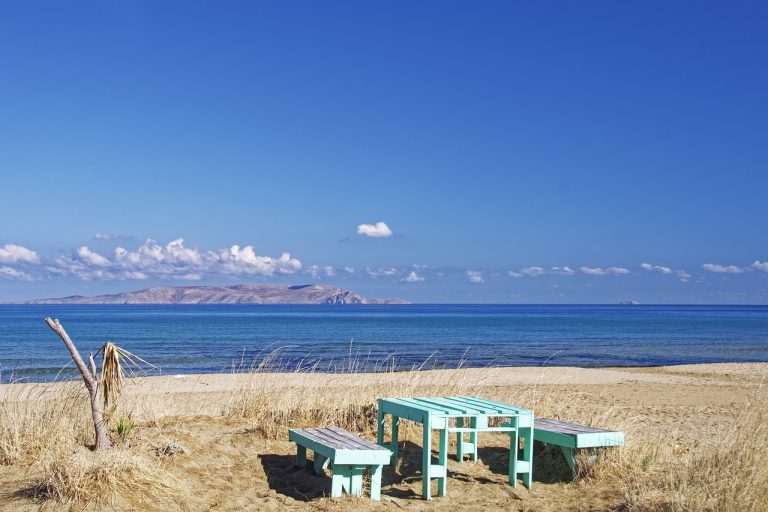Heraklion Greece Video
The Cultural Evolution of Heraklion Greece
Heraklion, located on the island of Crete, Greece, is a city with a rich cultural heritage that has evolved over centuries. From its ancient Minoan roots to its vibrant modern-day atmosphere, Heraklion offers a fascinating blend of history, art, cuisine, and traditions. This article explores the cultural evolution of Heraklion, highlighting its key aspects and attractions.
Ancient Minoan Civilization
- Knossos Palace: The legendary Knossos Palace, situated just outside Heraklion, was the center of the ancient Minoan civilization. It is known for its intricate frescoes, labyrinthine architecture, and its connection to the myth of the Minotaur.
- Minoan Artifacts: The Heraklion Archaeological Museum houses a vast collection of Minoan artifacts, including pottery, jewelry, and sculptures. These relics provide insights into the artistic and cultural achievements of the Minoans.
- Religious Practices: The Minoans had a complex religious system, worshipping deities such as the Mother Goddess and the Bull. Rituals and ceremonies played a significant role in their society.

Byzantine and Venetian Influence
- Fortress of Koules: Built by the Venetians in the 13th century, the Fortress of Koules stands proudly at the entrance of the old harbor. It served as a defensive structure and witnessed the city’s transformation under Venetian rule.
- Churches and Monasteries: Heraklion is dotted with Byzantine churches and monasteries, such as Agios Titos Cathedral and the Monastery of Agia Ekaterini. These religious sites showcase the Byzantine influence on the city’s architecture and art.
- Street Names: Many of Heraklion’s streets still bear their Venetian names, reflecting the city’s historical ties to Venice. Walking through these streets is like stepping back in time.
Ottoman Era and Turkish Heritage
- Koules Mosque: Located within the Fortress of Koules, the Koules Mosque is a prominent reminder of the city’s Ottoman past. It was converted from a church to a mosque during the Ottoman rule.
- Turkish Baths: Heraklion is home to several Turkish baths, known as hammams, which were once an integral part of the Ottoman lifestyle. These baths reflect the architectural style and bathing traditions of the period.
- Cuisine: The Ottoman influence on Heraklion’s cuisine is evident in dishes like boureki (a savory pie) and baklava (a sweet pastry). Turkish flavors and cooking techniques have become integrated into the local gastronomy.

Modern Cultural Identity
- Contemporary Art: Heraklion hosts various art galleries and cultural centers that showcase the works of local and international artists. The city’s contemporary art scene is thriving, with exhibitions and events held throughout the year.
- Festivals and Celebrations: The people of Heraklion celebrate their cultural heritage through vibrant festivals. The Carnival of Heraklion, the Wine Festival, and the Feast of Saint Titus are among the most popular events that bring locals and visitors together.
- Traditional Music and Dance: The sounds of traditional Cretan music and the energetic movements of Cretan dances can be experienced in Heraklion’s tavernas and traditional venues. These art forms preserve the region’s cultural traditions.
Exploring Heraklion’s Museums
- Heraklion Archaeological Museum: This renowned museum houses an extensive collection of artifacts from the Minoan civilization, offering a comprehensive insight into the ancient history of Crete.
- Historical Museum of Crete: Focusing on the more recent history of Crete, this museum exhibits artifacts, documents, and artworks that shed light on the island’s past, including its role in World War II.
- Natural History Museum of Crete: Discover the rich biodiversity of Crete and learn about its geological formations at this museum. It features exhibits on flora, fauna, fossils, and the island’s unique ecosystems.

Exploring Heraklion’s Cuisine
- Local Ingredients: Heraklion’s cuisine is deeply rooted in the island’s agricultural abundance. Olive oil, honey, herbs, and fresh seafood are key ingredients in traditional Cretan dishes.
- Tavernas and Restaurants: From cozy tavernas to upscale restaurants, Heraklion offers a wide range of dining options. Sample local delicacies like dakos (barley rusk salad), kalitsounia (cheese pastries), and apaki (smoked pork).
- Wine and Raki: Crete is known for its exceptional wines and the traditional spirit called raki. Explore Heraklion’s wineries and distilleries to taste these local libations.
Heraklion’s Natural Beauty
- Beaches: Heraklion boasts stunning beaches along its coastline, including Ammoudara, Agia Pelagia, and Matala. Relax on golden sands and swim in crystal-clear waters.
- Mountains and Gorges: The region surrounding Heraklion is adorned with majestic mountains and awe-inspiring gorges. Hiking enthusiasts can explore the Samaria Gorge and the Dikti Mountains.
- Psiloritis Natural Park: Located in the heart of Crete, this park is home to Mount Psiloritis, the highest peak on the island. It offers breathtaking landscapes, rare flora, and opportunities for outdoor activities.
Conclusion
Heraklion, Greece, is a city that has undergone a remarkable cultural evolution over the centuries. From the ancient Minoans to Byzantine and Venetian influences, followed by the Ottoman era and the city’s modern-day identity, Heraklion is a treasure trove of heritage. Its museums, cuisine, festivals, and natural beauty contribute to its unique cultural tapestry. Exploring Heraklion is an immersive experience that allows visitors to delve into the rich history and vibrant present of this captivating city.
References
- heraklion.gr
- visitgreece.gr
- heraklionmuseum.gr
- historical-museum.gr
- naturalhistorymuseum.gr




